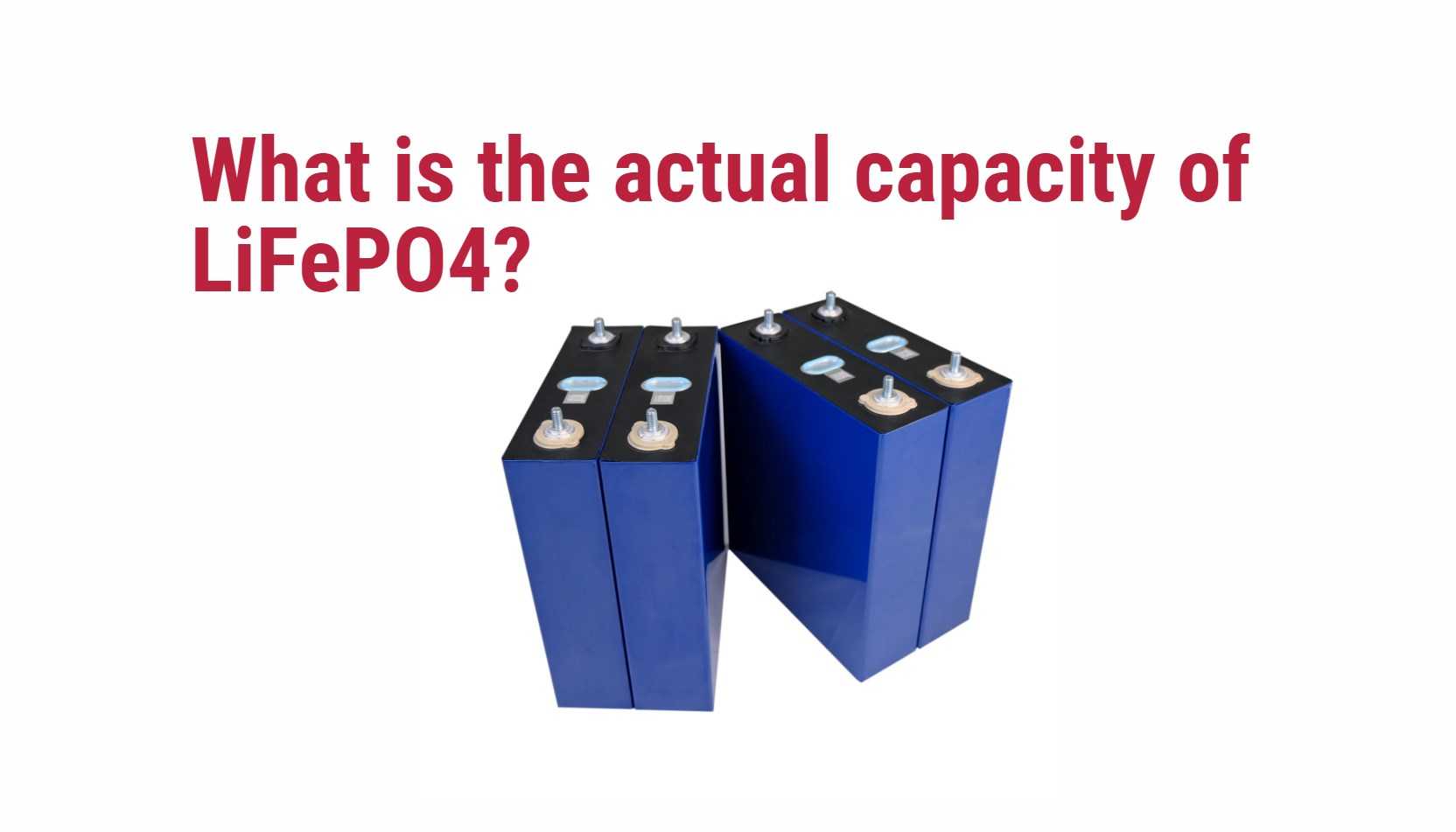Understanding the configuration of LiFePO4 batteries is crucial for anyone involved in energy storage solutions, electric vehicles, or renewable energy systems. One common question arises: How many LiFePO4 cells are in a 48V battery? In this article, we will explore the structure of 48V LiFePO4 batteries, the number of cells required, and the implications for performance and application.
Understanding LiFePO4 Battery Configuration
LiFePO4 batteries are composed of individual cells that can be connected in series and parallel configurations to achieve desired voltage and capacity. The chemistry of LiFePO4 allows for stable operation, long cycle life, and enhanced safety features compared to other lithium-ion chemistries.
Key Characteristics of LiFePO4 Batteries
- Voltage: Each LiFePO4 cell typically has a nominal voltage of 3.2V.
- Capacity: The capacity of each cell can vary, commonly ranging from 100Ah to 300Ah.
- Cycle Life: LiFePO4 batteries can often exceed 2000 cycles, making them a durable choice for various applications.
Calculating the Number of Cells in a 48V Battery
To determine how many LiFePO4 cells are needed for a 48V battery, we can use the following formula:
Wholesale lithium golf cart batteries with 10-year life? Check here.
Formula:
Number of Cells=Desired VoltageNominal Voltage per CellNumber of Cells=Nominal Voltage per CellDesired Voltage
Want OEM lithium forklift batteries at wholesale prices? Check here.
Example Calculation:
For a 48V battery:
- Desired Voltage = 48V
- Nominal Voltage per Cell = 3.2V
Using the formula:
Thus, a 48V LiFePO4 battery typically consists of 15 cells connected in series.
Configuration of Cells in a 48V Battery
1. Series Configuration
In a series configuration, each cell adds its voltage to the total. Therefore, connecting 15 cells in series will yield the desired output voltage of approximately 48V.
2. Parallel Configuration (Optional)
While the primary focus is on achieving the correct voltage through series connections, additional configurations can enhance capacity:
- If higher capacity is desired (e.g., for longer run times), multiple strings of 15 cells can be connected in parallel. For example:
- Two sets of 15 cells in series (30 total cells) would provide double the capacity while maintaining the same voltage.
Advantages of Using LiFePO4 Batteries
Choosing LiFePO4 batteries for your applications offers several benefits:
1. Safety
LiFePO4 batteries are known for their thermal stability and reduced risk of thermal runaway compared to other lithium-ion chemistries.
2. Longevity
With a cycle life exceeding 2000 cycles, these batteries provide excellent value over time, reducing replacement frequency.
3. Environmentally Friendly
LiFePO4 batteries are composed of non-toxic materials, making them a more environmentally friendly option compared to lead-acid or other lithium-ion batteries.
Data Chart: Comparison of Battery Configurations
| Configuration Type | Total Voltage | Total Capacity | Number of Cells | Advantages | Disadvantages |
|---|---|---|---|---|---|
| Single Cell | 3.2V | 100Ah | 1 | Simple setup | Limited capacity |
| Series (15 Cells) | 48V | 100Ah | 15 | Higher voltage | Requires balancing |
| Series with Parallel | 48V | 200Ah | 30 (2 sets) | Increased capacity | More complex wiring |
Latest News on LiFePO4 Battery Technology
As of October 2024, advancements in lithium battery technology continue to evolve rapidly:
Improved Energy Density
Recent innovations have led to enhanced energy density in LiFePO4 batteries, allowing them to store more energy without increasing size or weight significantly.
Integration with Smart Technologies
Newer models now feature integrated smart technology that allows users to monitor performance via mobile apps, providing real-time data on charge levels and health status.
FAQs About LiFePO4 Batteries and Configuration
1. Can I mix different brands when connecting cells in series?
It is not recommended to mix different brands unless they have identical specifications (capacity, voltage, chemistry) as it may lead to imbalances.
2. What happens if one cell fails?
If one cell fails in a series configuration, it can affect the entire system’s performance. A Battery Management System (BMS) can help isolate faulty batteries if necessary.
3. How do I calculate total capacity when connecting batteries?
Total capacity is calculated by adding the capacities of all connected batteries together while maintaining the same voltage.
4. Is it safe to connect multiple LiFePO4 batteries without a BMS?
While technically possible, it is highly discouraged as it increases risks related to overcharging and imbalanced discharges.
Conclusion: Understanding LiFePO4 Battery Configurations for Optimal Performance
In conclusion, understanding how many LiFePO4 cells are required for a 48V battery is essential for optimizing performance in various applications. By utilizing 15 cells connected in series, we can achieve the desired voltage while ensuring safety and longevity through proper configuration and management practices.At Redway Battery, we specialize in manufacturing high-quality lithium LiFePO4 batteries tailored to meet diverse needs across various applications. For quick quotes on custom solutions or wholesale inquiries, feel free to contact us today!







